IT Reforms in Local Governments for the Realization of a Digital Society
IT Reforms in Local Governments for the Realization of a Digital Society
Hello, I'm Morishita of the Development Department. It's been almost a year and a half since I joined Tatsuno Information Systems.
I spend my days writing programs these days!
Recently, I am grateful for the presence of PMs (project managers), and I manage to struggle with difficult issues.
We are looking for people with PM experience to join our team. Why don't you come and work with us?
Let's get down to business!
In this article, we will introduce the initiatives and trends toward the realization of digitization of public administration, which has been lagging behind in the use of IT.
In the response to the new coronavirus infection, there were various issues such as insufficient utilization of cross-sectional data among regions and organizations.
The Ministry of Internal Affairs and Communications (MIC) has proposed that the national and local government systems be unified/standardized for the digitization of local administration.
In a bill related to digital reform approved by the Cabinet on April 9, the government proposes to require the unification of business system specifications by fiscal 2025, hoping to accelerate the digitization of public administration by promoting the unification of local government systems and the use of My Number.
Content
- 1. Standardization of local government information systems
- 2. The My Number System, the foundation for the digitization of public administration
- 3. The use of My Number will be expanded to school education in FY2023
- 4. Linking My Number to the e-Learning System
- 5.Summary
Standardization of local government information systems
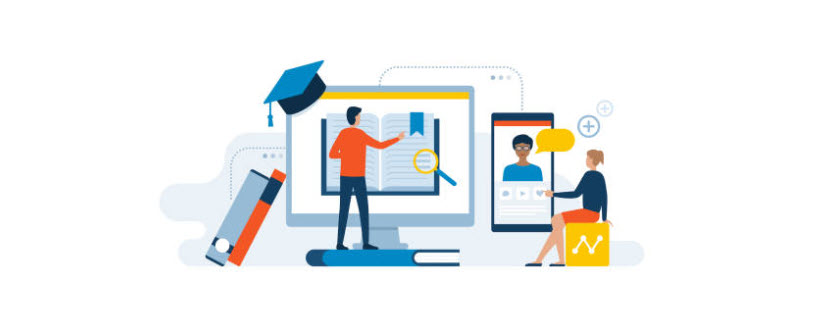
In the response to the new coronavirus, various issues regarding digitalization were revealed, such as delays in digitalization and lack of human resources in national and local governments, administrative inefficiency due to inadequate system coordination, cumbersome procedures, and delays in benefits.
The recent development of ICT, represented by the Internet, has been remarkable, and although many digitalization infrastructures for efficient organizational management and convenient and safe service provision through the use of IT have already been implemented in the private sector, they are still not sufficient for local governments.
You can learn more about ▼ICT in this article.

The importance of digitization in local government
In a society with declining birthrates and an aging populationPeople concentrate on the work that only people can do, and actively digitize the parts that can be digitized.It is required to do so.
The use of digital technology has been a weak point for local governments in the past."Managing and analyzing information collection, effective action with high evidence.This leads to the creation of a system that facilitates the implementation of
By promoting digitization, we can expect to increase the management awareness and monetization mindset of local governments.
However, it is also true that the degree of use of digital technology varies markedly among many municipalities.
The concept of "Digital Transformation (DX)" that is now attracting attention
Companies need to break out of their existing businesses and create new value by leveraging new digital technologies.
Promoting the digitization of all socioeconomic activities by citizens is not just about introducing new technologies, but also about transforming systems, policies, and organizational structures accordingly.
You can learn more about digital transformation (DX) in this article.

Government Initiatives for Digitization
The Ministry of Internal Affairs and Communications (MIC) has proposed that, as a direction for accelerating the unification and standardization of local government business systems, local governments should be obliged to comply with core information systems during the transition period, and that a target date should be set to create an environment in which local governments can begin preparations for compliance.
According to a 2016 survey conducted by the Information and Communications Research Institute, the"Education, disaster prevention, crime prevention.While the implementation rate of ICT utilization projects exceeds 601 TP1T in areas such as the following, it is only about 201 TP1T in the areas of infrastructure, industrial promotion, and employment.
▼ Survey research on the current status of ICT utilization in the region (2009)
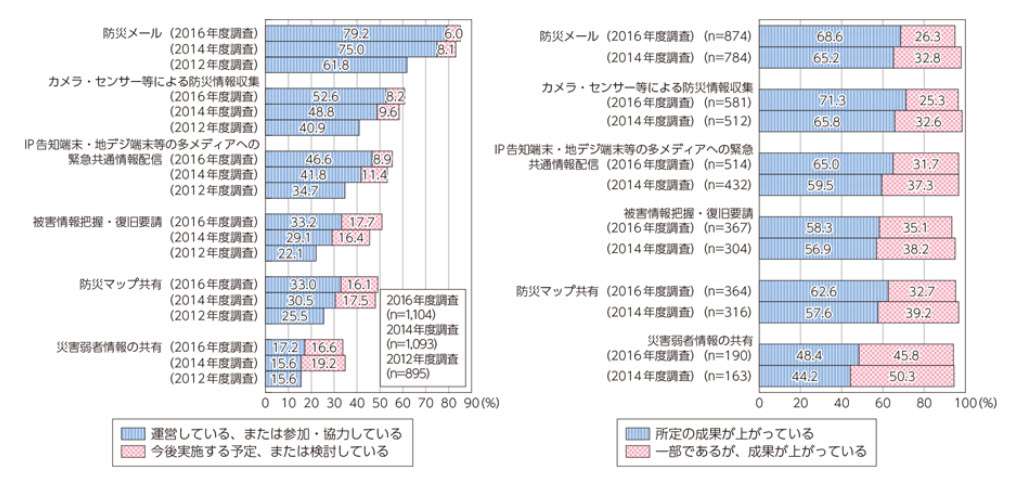 Source.From Ministry of Internal Affairs and Communications|Status of ICT utilization by field
Source.From Ministry of Internal Affairs and Communications|Status of ICT utilization by field
The My Number System, the foundation for the digitization of public administration
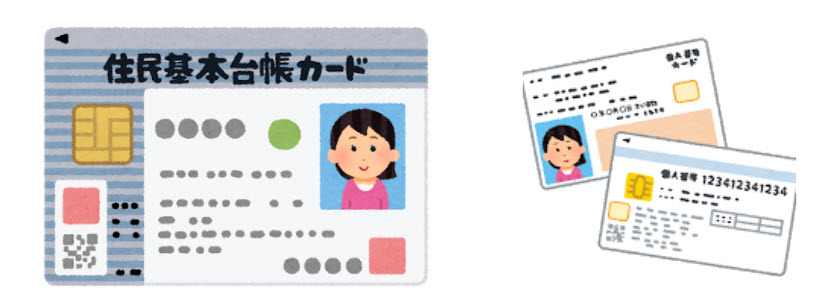
In his policy speech at the 203rd Diet (extraordinary session) on October 26, 2020, Prime Minister Kan advocated the promotion of the digitization of national and local government administration by breaking down the vertical divisions among ministries, agencies, and local governments.
In addition to unifying and standardizing the information systems of local governments over the next five years, the report proposes that the My Number card will be distributed to almost all citizens within the next two and a half years, and that the integration of health insurance cards and My Number cards will begin in March 2021, while the digitization of driver's licenses will also be promoted.
Purpose of the My Number System
The My Number System aims to "realize a fair and just society," "improve convenience for citizens," and "increase administrative efficiency" by utilizing numbers as a common social infrastructure.
The My Number System is a system that will be introduced based on the four number-related laws enacted and promulgated in May 2013, including the Law Concerning the Use of Numbers to Identify Specific Individuals in Administrative Procedures (the "Number Law").
The use of My Number will be expanded to school education in FY2023
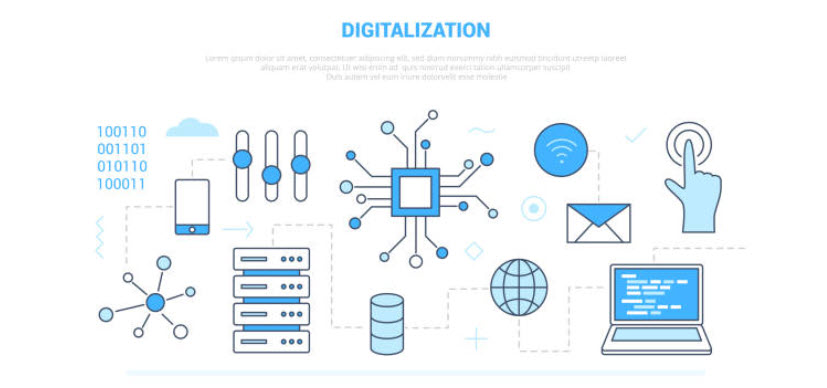
The My Number system is a government-led initiative, and recently it seems to be being considered for use in the education sector.
In the field of education, it is planned to link the learner ID required for the use of learning histories, which is the focus of the GIGA School Initiative, to the My Number and make it available to families and schools that wish to use it from fiscal 2023.
What is the GIGA School Initiative in the first place?
GIGA School is an initiative launched by the Ministry of Education, Culture, Sports, Science and Technology (MEXT) that aims to realize "education tailored to each child's individuality.
This is a five-year plan to provide one learner PC per student and a high-speed network environment for students receiving compulsory education.
Furthermore, the introduction of an e-learning system to support the work of teachers and staff is intended to lead to a change in the way teachers work.
This plan, launched in December 2019, is an initiative to improve the environment and use of ICT to achieve effective learning in the new era.
In the wake of the recent Corona disaster, this is becoming increasingly important, and IT reforms are underway in educational institutions.
Information coordination under the My Number System
Information coordination under the My Number System is a system that allows different administrative agencies to exchange information about individuals using a dedicated information provision network system, making it possible for residents to omit documents (such as a copy of the resident registration certificate and taxation certificate) that they must submit to administrative agencies when completing various procedures.
By 2023, the government plans to verify the linkage between the My Number Card and the learner ID of the educational support tool (LMS) that each school has introduced, starting in fiscal 2010.
Regarding the operation in school education
From elementary school to university, study abroad, and employment, many people throughout their lives will find that the organizations they belong to change over time.
However, since each individual's learning history and achievements exist separately, it takes an enormous amount of time and effort to compile records of what was actually "learned" and "worked on" there.
If you can accumulate data on not only your learning history at school but also your work performance, it will be useful in a wide range of areas, such as improving your treatment within the company or changing jobs, and will motivate working people to continue learning.
If you can identify your learner ID through identification with your personal number card, you can update your own learning history on a daily basis anytime and anywhere, and easily carry it with you when you need it.
In fact, this kind of initiative was mentioned at the Keidanren EdTech Strategy Study Group in March 2020, where the need to "build and utilize a system for recording learning histories" and the usefulness of "data linkage using learner IDs" were described.
As for learner IDs, private companies currently issue IDs for each of their services and products. This results in time-consuming operations such as the need to review the data linkage when classes change.
Therefore, by building a system that allows single sign-on with a single ID (assuming that there is an OAuth mechanism) and can be linked to IDs issued by private companies, it will be possible to use learning products provided by private companies.
Furthermore, if the ID can be extended to include the accumulation of learning logs, it will be possible to build a system for recording learning histories, and to compare and analyze the collected data. One idea is to use the user's personal number as an ID for this purpose.
Source.Learning in the Age of Society 5.0 Using EdTech|from Nippon Keidanren (Japan Business Federation)
References.March 2020: Learning in the Age of Society 5.0 Using EdTech (text)
References.March 2020: Learning in the Age of Society 5.0 Using EdTech (Summary)
Linking My Number to the e-Learning System

As the use of my number card and learner ID becomes a concrete consideration, e-learning systems (LMS) will need to be operated more flexibly. Currently, various e-learning systems are being used by different organizations.
learningBOX is an LMS (Learning Management System) that is easy to set up even for first time users.
Tatsuno Information System's LMS, "learningBOX", is designed from the user's perspective, not the developer's perspective.
learningBOX is an e-learning system that is easy for anyone to use."Create teaching materials, create questions and tests, grade and manage grades.This is a learning management system that has all the functions necessary for an e-learning system, such as
The external collaboration function of ▼learningBOX is explained in detail here.


Effects and Expectations of e-Learning System
Once a system is in place to continuously accumulate an individual's learning history through the implementation of an e-learning system, it can be useful for analysis and forecasting.
It is expected to play an active role in a variety of situations, such as for schools to measure the effectiveness of education based on the learning data of enrolled students, and for companies to analyze the relationship between personnel evaluation, internal training and performance at the hiring stage and after joining the company.
Summary
In this article, we have introduced the trend of digitization of public administration to realize the digitization of local governments.
The My Number system is a government-led initiative, and recently it seems to be being considered for use in the education sector.
One of the requirements for e-learning systems that will be adopted by many organizations in the future is whether or not the system is a flexible LMS that can be linked externally.
In the turbulent post-Corona era, emphasis is being placed on the ability to make use of diverse human resources with various ideas and abilities within the organization, and organizations that can shift from conventional homogenized learning to "individually optimized learning" will survive.
It is a sobering thought that the mission of the e-learning system also lies in this respect.
We are diligently developing a highly flexible e-learning system to meet your requirements.
We'll keep developing more features for your convenience!
If you are thinking of introducing an e-learning system, we would be happy if you would consider our learningBOX.
- The forefront of online learning! What is the LMS that supports e-learning [2021]?
- A study method that gets you results in less time! E-learning is the best way to prepare for the exam
Comment ( 0 )
Trackbacks are closed.



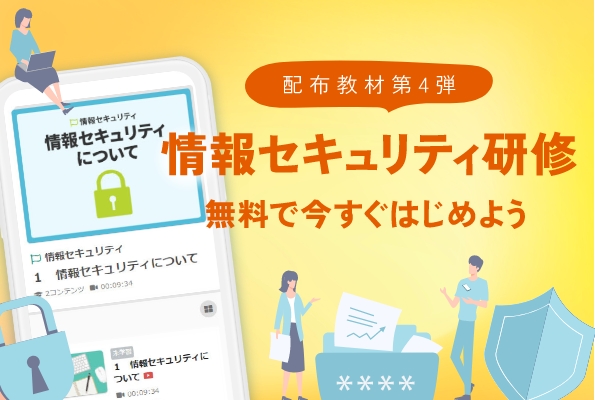


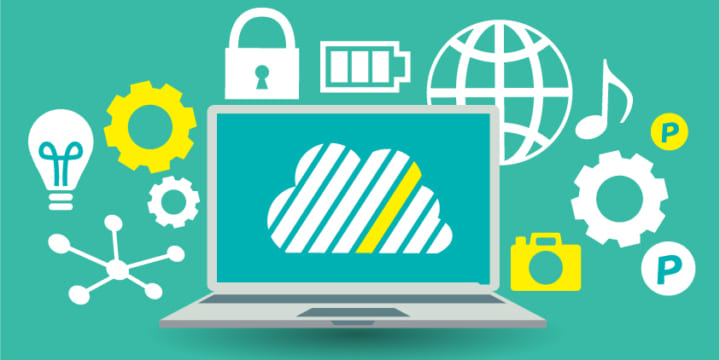

No comments yet.